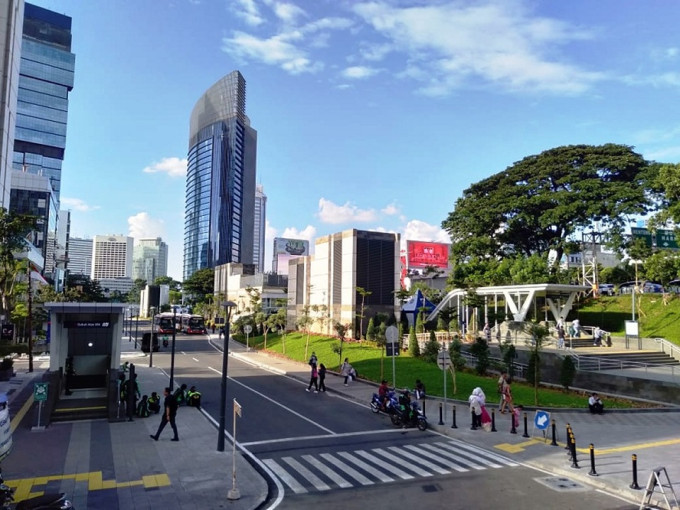
The Jakarta province is the most densely populated in Indonesia, with a density of approximately 15,978 people per square kilometer. This is due to the rapid population growth rate of 0.57% in 2021.
People’s movement has increased due to Jakarta being the metropolitan area for its satellite cities (Bogor, Depok, Tangerang, and Bekasi) and a hub for business and governance. This has led to traffic congestion, environmental pollution, and energy wastage.
The high use of two-wheeled motor vehicles in Jakarta has prompted the Jakarta Provincial Government to develop alternative public transportation by creating intermodal integration spaces, known as Transit Oriented Development (TOD), to reduce congestion.
Dukuh Atas is one of the priority development areas with this concept because it’s located within the Golden Triangle and has the highest commuter count among other areas, with approximately 460,069 people per day.
However, the area around TOD has experienced increased property and land values due to the enhanced accessibility from the integrated regional connection.
Land prices have shown a consistent upward trend, especially along Sudirman Street. Thus, consideration for land price inflation is required in infrastructure development planning.
The rise in land prices can impact the surrounding community both positively and negatively, prompting the need to investigate further if the emergence of other facilities accompanies this land price hike.
A UGM team consisting of five cross-disciplinary students, Febrika Romauli (Engineering), Tri Asmara Ningmas, Tiara Nur Savitri, Raul Nurdiawan, and Sulthon M. Al Fatih (Vocational College), was supervised by Dr. Deva Fosterharoldas Swasto to conduct a study titled “Transit-Oriented Development (TOD) on Land Price Changes Based on Proximity Spatial Approach: The Case of Dukuh Atas Area.”
The general objective of the research was to explain how the shift in land prices is related to the implementation of the TOD system in the Dukuh Atas area, particularly concerning the facilities in the surrounding regions.
The research lasted about three months and involved visiting each residence to collect primary data directly from the Dukuh Atas TOD area, which covers the districts of Karet Tengsin, Kebon Melati, Menteng, and Setiabudi Kuningan.
“Respondents selected were those who own private homes or land, have used public transportation in the last four years, and understand the changes in land prices that have occurred in these four districts,” said Febrika Romauli on Monday (October 23).
Romauli stated that the research concluded that the Dukuh Atas TOD area had brought benefits to the surrounding areas within a radius of 300-600 meters. The areas closest to the TOD area, particularly the northern regions of Menteng and Kebon Melati, had the most impact.
According to Romauli, the land and building price shifts around the Dukuh Atas TOD area had a significantly positive impact on some areas, especially the northern parts of Dukuh Atas, compared to the expenses incurred from the adverse effects of TOD development.
Regarding spatial analysis, areas or zones that gained high benefits were located close to main roads with land or building zones near the Harmoni Bus Stop.
“The accessibility of intermodal transit locations led to increased land or building prices,” he explained.
The study not only focused on land price increases but also highlighted the easy accessibility of intermodal transportation and several other advantages felt by the community in the Dukuh Atas TOD area, resulting in increased costs from rising land prices and the occurrence of gentrification or demographic and social stratification changes.
Author: Gusti Grehenson
Photo: Investor Daily

